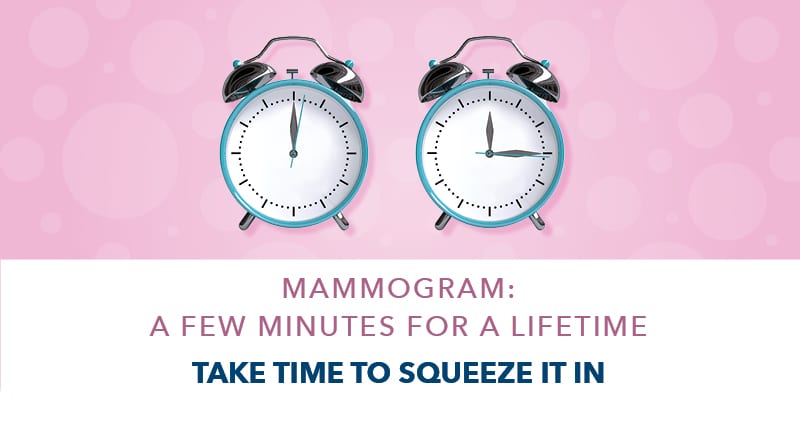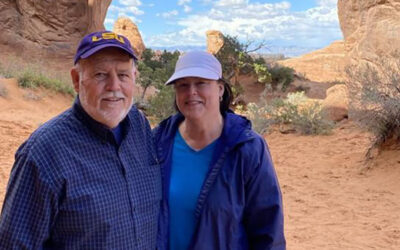When it comes to an annual mammogram, accuracy and peace of mind are key.
New advanced mammogram technology is available from Our Lady of the Angels Health as part of our commitment to the fight against breast cancer. Compared to conventional mammography, the 3D mammography exams are better at finding early, treatable breast cancer and decrease the number of patients called back for additional testing.
Joseph Perdigao, MD, radiologist at Our Lady of the Angels Hospital in Bogalusa, shares more about this new technology and what it means for the Washington Parish community.
Access to Technology in a Rural Community
Bogalusa is a small community, but they have access to the highest quality care and most innovative breast cancer screening technology. This new exam includes 2D imaging and tomosynthesis—or 3D—scans.
“Mammography is not an exact science by any stretch of the imagination,” Dr. Perdigao says. “But tomosynthesis is significantly better than 2D mammography.”
Higher Accuracy Benefits Women’s Health and Peace of Mind
In conventional 2D mammography overlapping tissue can miss small breast cancers until they’re larger, while normal tissue may appear abnormal, leading to unnecessary call backs. The three-dimensional imaging now available can greatly reduce that tissue overlap effect.
According to Hologic, which created the Genius 3D mammography technology, the exam provides greater accuracy, reducing callbacks by up to 40% when compared to traditional 2D mammograms. “This results in decreased follow-ups, decreased biopsies and decreased anxiety for the patient,” Dr. Perdigao says.
Time matters when it comes to diagnosis and treatment, as earlier detection leads to better outcomes. The Genius exam can find 20% to 65% more invasive breast cancers when compared to 2D mammograms alone, an average increase of 41%.
How 3D Mammography Works
During the tomosynthesis portion of the exam, an X-ray arm sweeps in a slight arc over the breast, taking multiple images. A computer converts the images into layers, allowing the radiologist to review breast tissue one layer at a time.
The positioning is the same with no additional compression, and the 3D scan adds only a few additional seconds to the traditional mammogram, which is still part of the exam. It still only takes a few minutes, and it’s important to take time to squeeze it in.
The real difference is in the information available to the radiologist and other providers.
Breast Density
Nearly 50% of women between ages 40 and 74 have dense breasts. Dense breast tissue can make it more difficult to detect cancer during annual screenings, and women with dense breasts are more likely to develop breast cancer.
The Genius exam is the only one FDA approved as superior for women with dense breasts compared to 2D alone.




